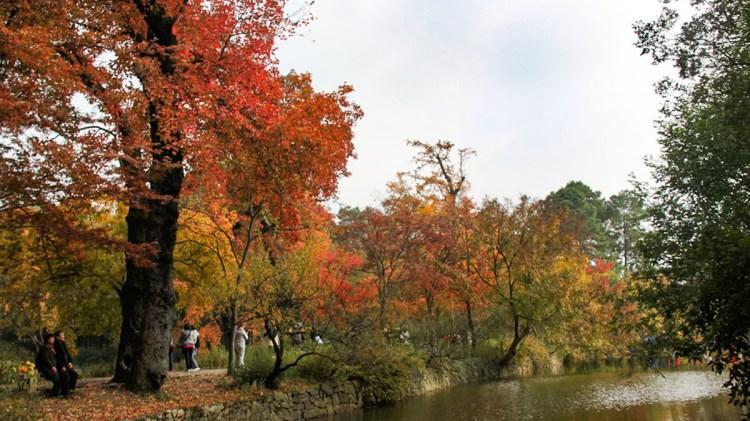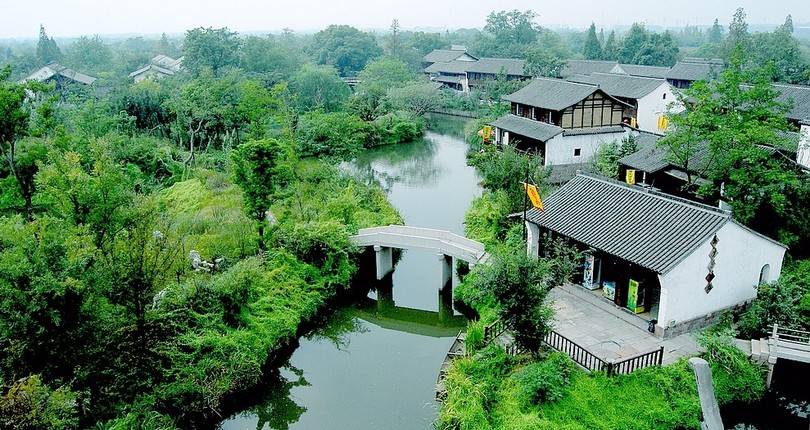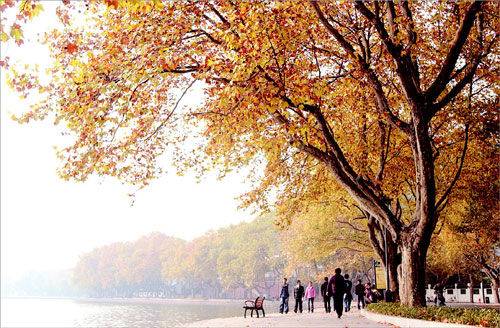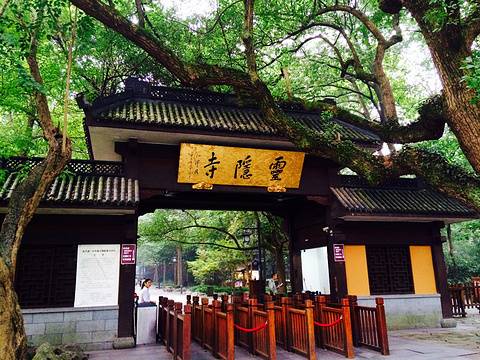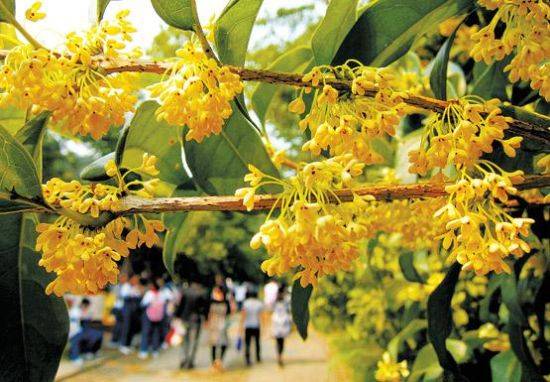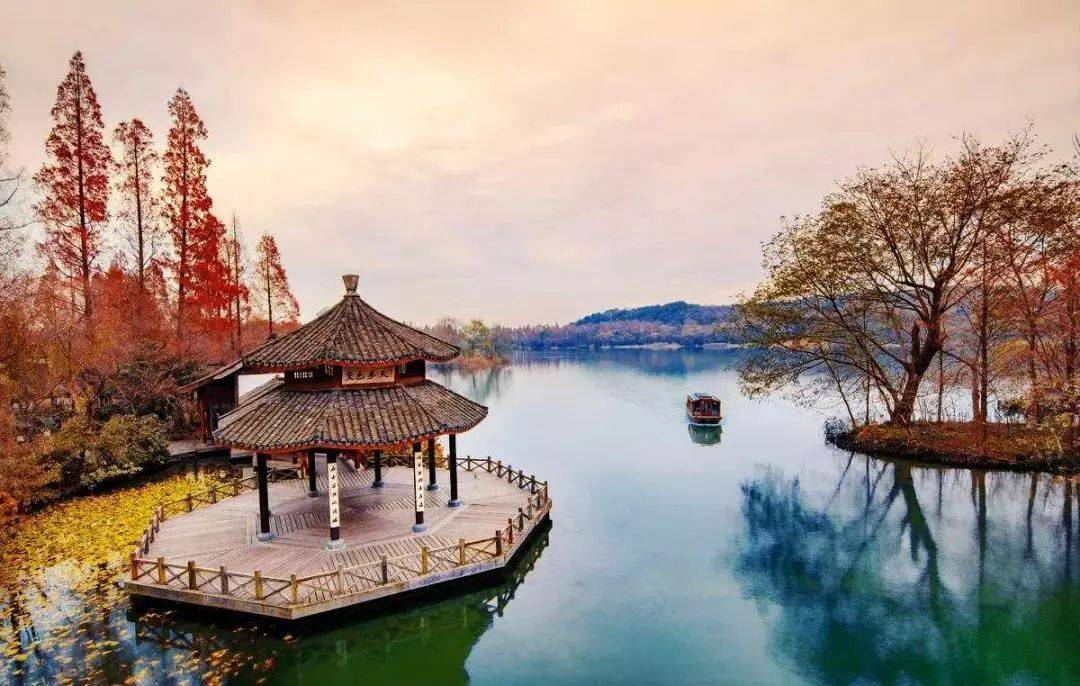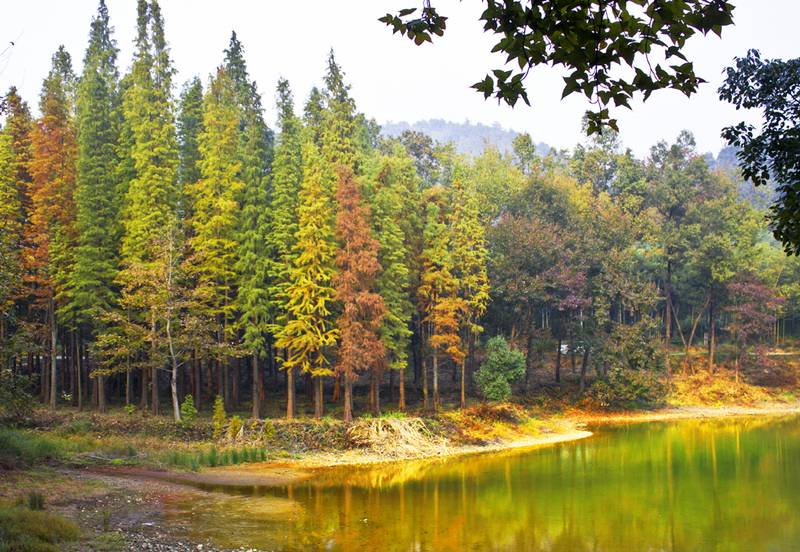Xixi Wetland
Xixi Wetland · Hongyuan is located in Yuhang District, Hangzhou City. It is bordered by the Ring Road auxiliary road to the west, extends to the Wen'er West Road extension to the north, reaches Wuchang Avenue to the south, and connects with the second phase of Xixi National Wetland Park to the east. It is the 'finale' of the Xixi Comprehensive Protection Project.
Beishan Road
The French plane trees of Beishan, the clusters of Republic of China-era buildings along the street, and the chance encounters with historical moments from that era.
Adjacent to West Lake, it is one of the earliest Buddhist temples in China and one of the top ten ancient temples in the country, preserving numerous exquisite cultural relics from various dynasties. The plaque 'Yunlin Zen Temple' hanging in the Hall of Heavenly Kings was inscribed by Emperor Kangxi of the Qing Dynasty, and the temple houses a collection of treasures. The mountain is dotted with many fantastically varied caves, filled with Buddhist grotto sculptures from the Five Dynasties period, making it a rare gem of ancient grotto art in southern China. This is the place where Ji Gong became a monk, and it is said that wishes made here are very effective. Every day, a continuous stream of pilgrims comes to worship and pray for blessings.
Manjuelong, also known as Manlong or Manjianong, is located south of West Lake in Hangzhou and is a valley on the southern slope of Nan Gaofeng. In the fourth year of Tianfu in the Later Jin Dynasty of the Five Dynasties (939 AD), Yuanxing Temple was built. In the second year of Zhiping in the Northern Song Dynasty (1065 AD), it was renamed Manjue Temple, with 'Manjue' meaning 'perfect enlightenment'. The place was named after the temple. Manjuelong is famous for its osmanthus flowers. Every autumn, when the osmanthus blooms, the fragrance fills the empty mountains, and the falling flowers are like rain, hence the beautiful name 'Manlong Osmanthus Rain'. In 1985, 'Manlong Osmanthus Rain' was selected as one of the New Ten Scenes of West Lake.
Located near Yang Gong Causeway, it usually has fewer tourists. It is a necessary route for Hangzhou pilgrims going from the city to Tianzhu for incense offerings. The scenic area is filled with farmhouses and wetlands, with many places to eat and drink tea. The southern bank is less crowded, with dense reed marshes, making it a favorite nesting spot for wintering birds, ideal for bird watching along the water's edge. Additionally, the former residence of Du Jinsheng in Xia Maojiabu is worth a visit.
Nine Creeks and Eighteen Gullies
The impression of Nine Creeks is gentle, and it remains so in autumn. People come to Nine Creeks to see the red maples, sitting by the creek watching the fallen red leaves swirl in the water.
The forest farm covers an area of 24,000 mu. It has convenient transportation and is adjacent to Jingshan Temple, Baishuijian, Shuangxi Rafting, and the ancient town of Yuhang Scenic Area. It is about a 40-minute drive from West Lake in Hangzhou, Liangzhu Cultural Site, Xitianmu, and Mogan Mountain. The beauty of Changle Forest Farm mainly lies in its 'wild charm.' This is a natural forest farm with a large number of tall camphor, torreya, maple, and cedar trees. One can imagine how these trees, which are already very suitable for autumn scenery, will create a sea of colors when autumn truly arrives. The area retains its natural, undeveloped appearance. Such a place may seem uninteresting to some people who don't know what to do here. However, in the context of the numerous man-made scenic spots in the Yangtze River Delta today, a truly 'natural beauty' like Changle Forest Farm is indeed rare.
Many people have an inexplicable love for ginkgo. If you want to see ginkgo in Hangzhou, Zhaohui Park is a must-visit spot for ginkgo viewing.
